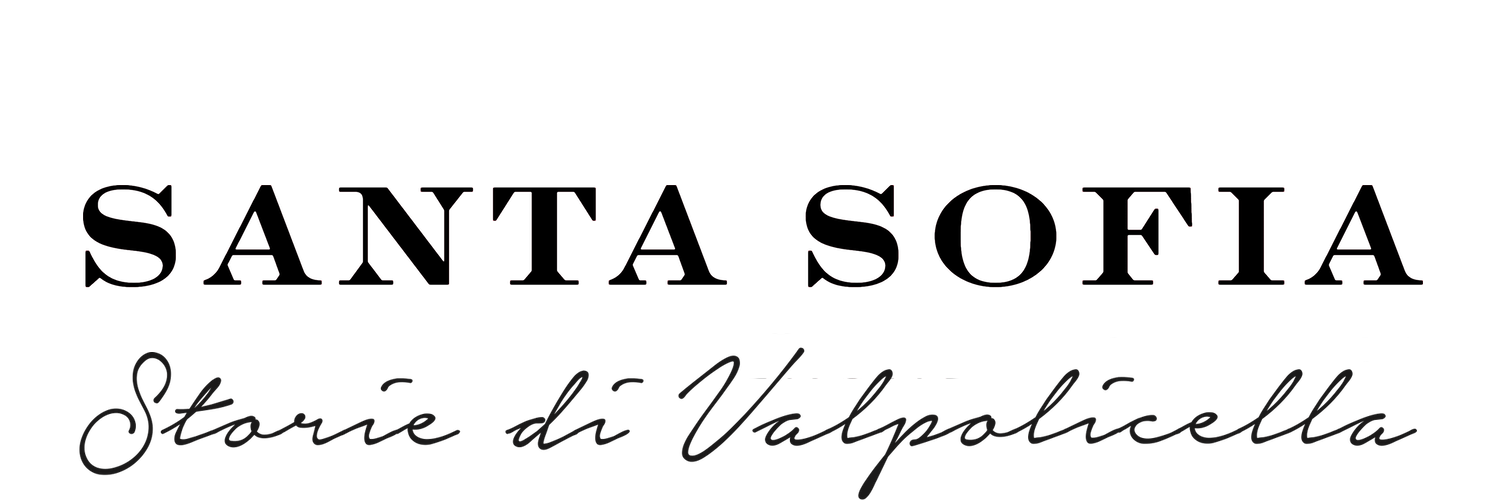Santa Sofia, two centuries of Valpolicella
The winery of the Begnoni family offers a very classic interpretation of Amarone and the other wines of the territory but also leaves room for more “irregular” wines, such as the remarkable Arlèo
by Andrea Cuomo
The history of Santa Sofia began in 1811 in the heart of Valpolicella, and has its centre of gravity in a Palladian villa commissioned by Marcantonio Serego in 1565, where there was the fourteenth-century church of Santa Sofia, founded by the friars of San Bernardino and equipped with a cellar. In short, the link between land, men and wine here in San Pietro in Cariano is very ancient, even if the real turning point occurs when the Begnoni family, in 1967, became owner of the winery and introduced the innovation and the drive towards quality that will lead in a few decades Santa Sofia to become one of the most known and reliable brands in the territory.
Today Santa Sofia is in the hands of Luciano Begnoni, who joined the company in 1984 to support his father Giancarlo. The company mainly produces grapes grown in its own vineyards in Briago in Valpantena, in Montegradella in Valpolicella Classica and in Pozzolengo sul Garda, although it also makes use of some historical suppliers, and the relationship with them is sustained with great care. The vineyards are mostly in the hills, and thanks to their age and location they can give good results even in difficult years. The soils are calcareous and alluvial, they benefit of optimal exposure, while the breezes blowing from the nearby valleys and Lake Garda mitigate the summer heat allowing a very good ripening of the grapes. The company, which boasts 69 hectares of vineyards and an annual production of about half a million bottles, has its mind on the future with the construction of a new winery that in the coming years will represent a further qualitative leap for the company.
The Santa Sofia wine list naturally revolves around the great classics of Valpolicella: first of all the Amarone docg, in the Classic version, made from Corvina, Corvinone and Rondinella grapes dried for 80 to 100 days and aged 36 months in Slavonian oak barrels; the Riserva makes five years of aging in wood and then two years of bottle (currently is available vintage 2015); and the cru Gioè, which makes 42 months of barrique and comes out hot, deep, with the nose hints of menthol and underbrush and in the mouth a silky fabric. Then of course there are Valpolicella Classico Superiore Montegradella, Valpolicella Ripasso doc Superiore and Recioto della Valpolicella docg Classico, Valpolicella doc Classico and Bardolino doc Classico. There are also many whites, from Lugana doc to Croara del lago di Garda doc, from Custoza doc to Soave doc Classico Foscarino to Pinot Grigio Garda doc. Then there are some less traditional wines, Rosso Veneto El Maturlan, out of the box; Rosso Veronese igt Arlèo, a sort of irregular Amarone, of great power and expressiveness; Veneto igt Merlot Corvina Rosso; and the surprising Soave doc Brut Spumante, a charmat made from Garganega grapes of great elegance.





